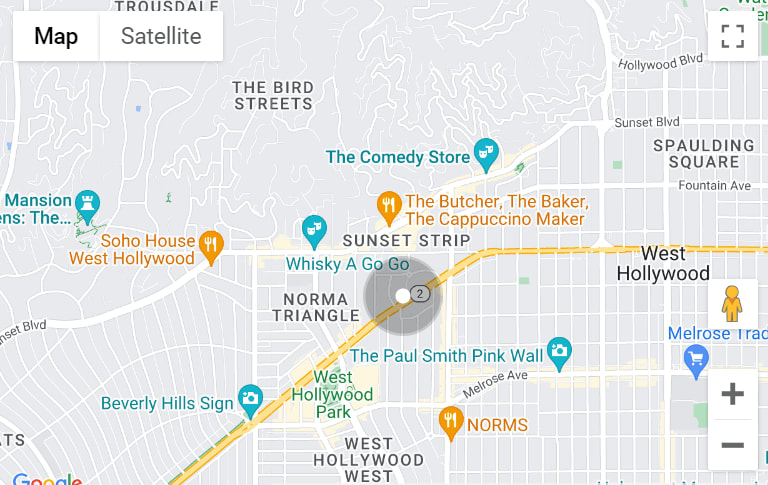Brooklyn Heights is a neighborhood steeped in history and architectural splendor. From its well-preserved brownstones to its landmark buildings, the area offers a wide range of architectural styles that reflect its past and present. For those considering Brooklyn Heights real estate, understanding the neighborhood's architectural landmarks can provide deeper insight into what makes this area such a special place to live.
The Brooklyn Heights Promenade
The Brooklyn Heights Promenade is one of the most iconic features of the neighborhood. This elevated esplanade, constructed above the Brooklyn-Queens Expressway (BQE), offers breathtaking views of Lower Manhattan, the Brooklyn Bridge, and the Statue of Liberty. Built in 1950, the promenade was designed to mitigate the noise and visual impact of the BQE on the residential area above it. The promenade is a testament to innovative urban design and has become a beloved landmark for both visitors and residents.
The Plymouth Church
Located on Orange Street, the Plymouth Church is a significant historical and architectural landmark. Established in 1847, this church played a pivotal role in the abolitionist movement. Its Gothic Revival design, complete with a striking spire and intricate stained glass windows, reflects the architectural trends of the mid-19th century. The church’s interior is equally impressive, featuring a large, welcoming sanctuary that has hosted numerous historic figures, including Abraham Lincoln and Martin Luther King Jr.
The Montague Street Brownstones
Montague Street, the main commercial thoroughfare in Brooklyn Heights, is lined with beautiful brownstone buildings that epitomize the architectural charm of the area. These brownstones, dating back to the late 19th century, showcase exquisite craftsmanship with their detailed facades, ornate cornices, and grand stoops. The preservation of these buildings is a testament to the community’s commitment to maintaining the historic character of Brooklyn Heights real estate. Walking down Montague Street offers a journey through time, highlighting the neighborhood’s evolution while retaining its timeless appeal.
The Hotel St. George
Once the largest hotel in New York City, the Hotel St. George is a landmark that holds a special place in Brooklyn Heights history. Located on Clark Street, this grand hotel opened its doors in 1885 and quickly became a symbol of luxury and opulence. The building's architecture combines Beaux-Arts and Renaissance Revival styles, featuring ornate detailing and grandiose proportions. Although it no longer functions as a hotel, the building now houses residences and remains a prominent architectural landmark.
The Heights Casino
Founded in 1904, The Heights Casino on Montague Street is not a gambling establishment but rather an exclusive athletic and social club. The building itself is an architectural gem, designed in the Tudor Revival style. Its half-timbered facade, leaded glass windows, and gabled roof contribute to its distinctive appearance. Inside, the club boasts squash courts, a swimming pool, and elegant social spaces.
The Bossert Hotel
Known as the “Waldorf-Astoria of Brooklyn,” the Bossert Hotel on Montague Street is another architectural marvel in Brooklyn Heights. Built in 1909, the hotel’s design is a fine example of Renaissance Revival architecture, with its grand entrance, elegant lobby, and detailed stonework. The Bossert has hosted many notable guests over the years and has recently been restored to its former glory.
Grace Court Alley
Grace Court Alley is a hidden gem in Brooklyn Heights, offering a glimpse into the neighborhood’s past. This quaint, cobblestone alley is lined with former carriage houses that have been converted into charming residences. The architectural style here is more utilitarian compared to the grand brownstones and mansions, but it provides a unique contrast and showcases the diversity of Brooklyn Heights architecture. Strolling through Grace Court Alley feels like stepping back in time.
Center for Brooklyn History
The Brooklyn Historical Society, located on Pierrepont Street, is housed in a beautiful Romanesque Revival building designed by architect George B. Post. Completed in 1881, the building features intricate terra cotta details, a grand staircase, and an impressive library and gallery space. The society itself plays a crucial role in preserving and promoting the history of Brooklyn and its architectural heritage.
St. Ann and the Holy Trinity Church
Another Gothic Revival masterpiece, St. Ann and the Holy Trinity Church on Montague Street is a stunning architectural landmark. Built in 1847, the church features magnificent stained glass windows by William Jay Bolton, the first American artist to design stained glass. The church’s soaring spires, intricate stone carvings, and beautiful interior make it a significant landmark in Brooklyn Heights.
70 Willow Street
A private residence with a famous past, 70 Willow Street is known for being the home of renowned author Truman Capote. This Greek Revival mansion, built in the 1830s, is a fine example of early 19th-century architecture in Brooklyn Heights. The house features grand columns, a spacious veranda, and meticulously preserved interiors. Capote wrote some of his most famous works, including “Breakfast at Tiffany’s,” while living here.
Reach Out to Team Wilding Woods
Considering making Brooklyn Heights your home? Team Wilding Woods is here to help you navigate the Brooklyn Heights real estate market and find the perfect home that suits your needs and lifestyle. With their expertise and dedication, you’ll have a trusted partner by your side every step of the way. Reach out to
Team Wilding Woods today.


